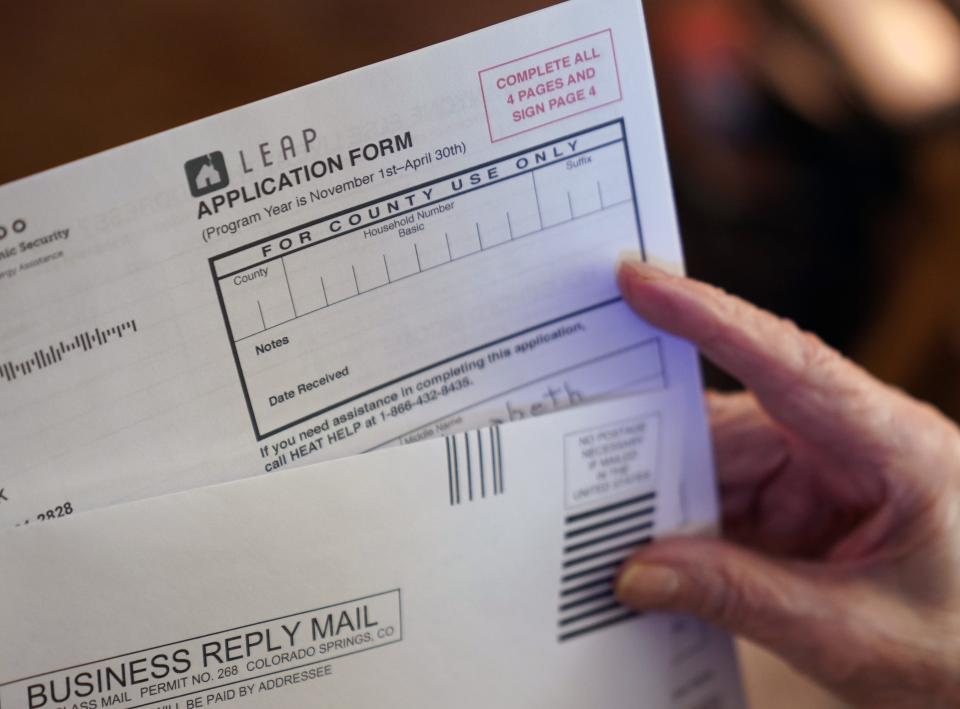Even with a mild winter, more Americans struggle to pay their energy bills
It may be considered a mild winter this year, but Americans sure aren't feeling it in their energy bills.
The number of households receiving energy assistance this winter season rose an estimated 1.3 million, from 4.9 million to 6.2 million, the largest one-year increase since 2009 and the highest total rate of applications since 2011, according to policy organization National Energy Assistance Directors Association on Monday.
Applications for energy help are made through the federal social services Low Income Home Energy Assistance Program in each state.
"These numbers don’t even account for possible increases in applications this summer to help families pay for air-conditioning as they deal with rising temperatures due to climate change," said Mark Wolfe, National Energy Assistance Directors Association's executive director. "We could hit record levels of applications this year if current trends continue."
Electric shock: Electricity bills may continue to shock you even as overall inflation eases. Here's why.
Why are Americans struggling with energy bills?
Families are struggling to pay high energy bills along with other rising costs for essential goods, like food and rent, that are increasing at a faster rate than the overall rate of inflation. Grocery prices rose 10.4% annually in December and rent rose about 7.5%, while overall inflation increased by 6.5%.
Energy prices soared last year as demand jumped because economies around the world reopened after the COVID-19 pandemic, even as energy supplies dwindled after Russia invaded Ukraine. Russia is one of the largest energy producers in the world.
Expensive heat: Winter bills will send shivers up your spine with energy prices set to rise, analysts say
Trying to cut costs: 7 ways to save money on your heating bill when it's cold
Home heating prices are at the highest level in 10 years, the energy assistance association said. On average, households will pay 12.7% more for home heating this winter. Heating oil is expected to rise the most from last year, up 25.9%, or nearly $500 more than the 2021-22 winter heating season. Natural gas was forecast to rise 14.5%, or more than an additional $100, the energy assistance association said.

How far behind are Americans on their utilities?
One in 6, or about 20.8 million, households owed an average of $791, up slightly from June 2022 when the average amount owed was about $783.
The total amount families nationwide are behind on their electric and gas bills is around $16.6 billion.
Insufferable inflation: Inflation is battering lower-income households most as food, housing costs soar, Fed study says
Food scare: 'Egg-scuse me, this carton is how much?' Here's why egg prices are soaring across the US
What if applications for energy help continue to rise?
States have sufficient funds to help families pay their winter energy bills, but the real fear is if applications continue to rise at a fast clip.
"States are concerned that they will not have sufficient remaining funds to help families pay for cooling assistance this summer as the need for this assistance increases with rising summer temperatures," Wolfe said.
Medora Lee is a money, markets, and personal finance reporter at USA TODAY. You can reach her at mjlee@usatoday.com and subscribe to our free Daily Money newsletter for personal finance tips and business news every Monday through Friday morning.
This article originally appeared on USA TODAY: Energy prices, inflation push Americans to seek help paying utility bills

